5. My Life as a Dog (1985)
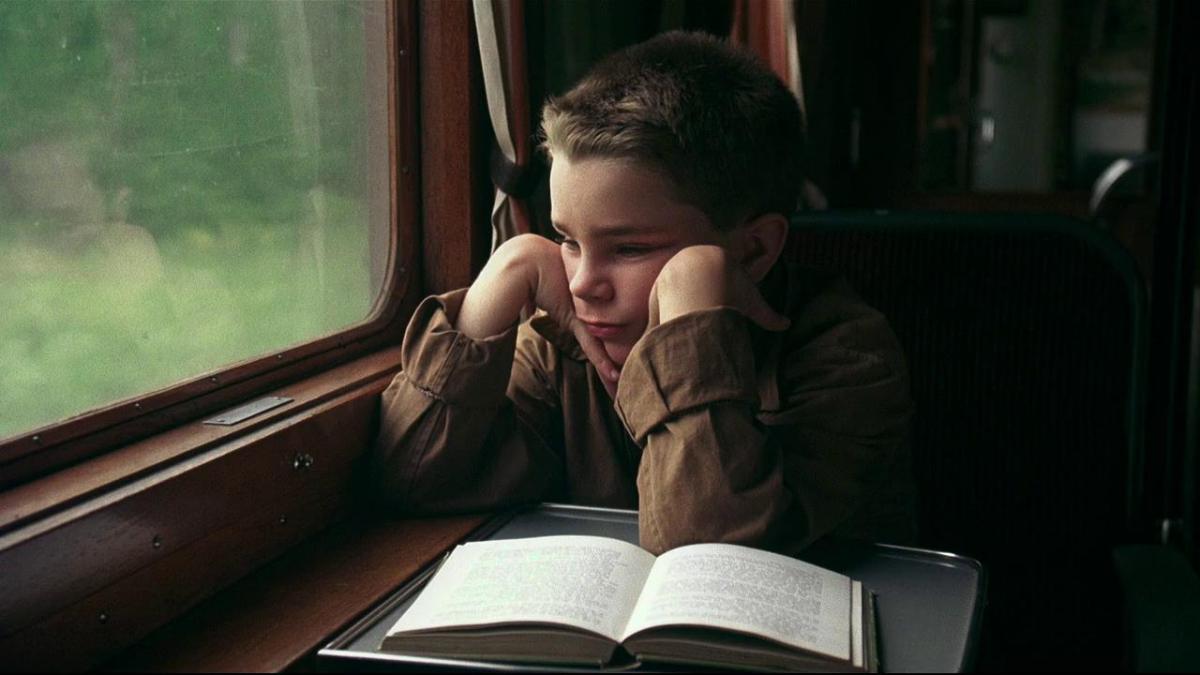
Lasse Hallström’s 1985 “My Life as a Dog” made a great success upon its release due to the universal character of its topic which was closely observed under an insightful and compassionate prism. Nowadays, more than 30 years later, nothing has changed about a child’s soul. This film could touch even the most cold-hearted viewer.
It’s the story of Ingemar, a young boy that lacks in love and attention, deriving satisfaction by reflecting his fate on a mistreated dog. When his mother falls ill, the young boy is sent to live with his aunt and uncle, leaving behind a place of fragmented childish dreams. From now on, a new family begins, changing the boy’s entire course through life.
Films about arduous childhoods have always affected the audiences. What makes “My Life as a Dog” so special is its simplistic modern setting. It’s painful to watch children in a battlefield, but it seems also distant. Ingemar could be your neighbor, your friend, your brother, even you— back in the 80s or now…
4. Memories of Underdevelopment (1968)
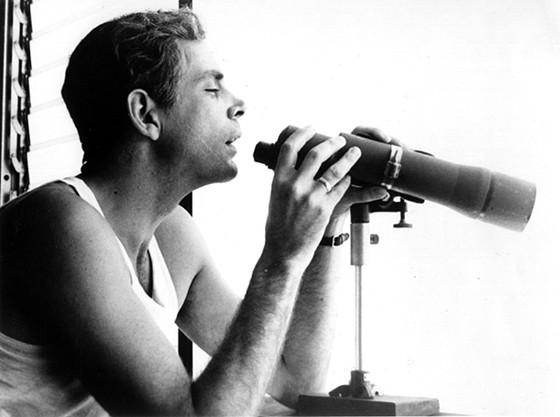
Tomás Gutiérrez Alea’s “Memories of Underdevelopment” is one of the best pieces of Latin America’s cinema. It attempts a brave revisit in the complex social environment of pre-revolutionary Cuba, exposing its maladies and underdeveloped aspects, as the title very precisely suggests.
Sergio Carmona Mendoyo, the story’s protagonist, is an educated middle-class man that possesses a universal mind setup and an ostensibly carefree everyday life. Instead of enjoying his privileged social position, nevertheless, Sergio finds himself trapped in an existential void delimited by the repressing status of a culturally underdeveloped country.
Bold and critical, the film is a brilliant depiction of the pre-revolutionary Cuba, as it hovers over a simple case of a man who stands out of a backward community. Its thematic gravity center is rendered on a firm existential bedrock, involving much more dramatic parameters than the viewer may recognize during a first watch. As the years go by, the strong taste of this cinematic distillation matures, regarding its artistic and societal parameters all the same.
3. The Tin Drum (1979)
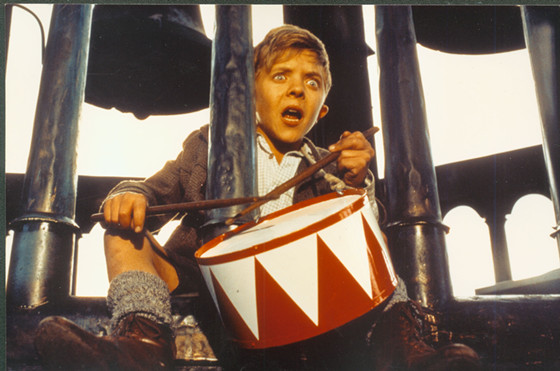
Told as a bizarre anagram of a child’s dark-shaded nightmare, the German film “The Tin Drum” could be perceived as a dramatized “Peter Pan” story. The Academy’s Best Foreign Film winner for the year 1980, it’s a forgotten gem that inflames a lot of concern and introspection.
His face is an adult’s. His wide eyes mirror the horror and the pain of an adult life. Despite that fact, Oscar is child that has prematurely grasped the qualities of manhood and denies embracing them. At the age of three years old, Oscar was gifted a red tin drum. This instrument would be his symbolic weapon against the cruel, odd to his eyes, world of grown-ups.
“The Tin Drum” is a coming-of-age story of a different hue. Unconventional, raw, even shocking at times, Volker Schlöndorff’s nightmarish fairytale makes a clear statement that concerns every possible space-time framework of humanity: No man has ever saved his pure, child soul from adulthood’s cruelty, egoism and grief. A shade of tragedy marks everyone’s journey on earth.
2. The Human Condition Trilogy (1959, 1959, 1961)
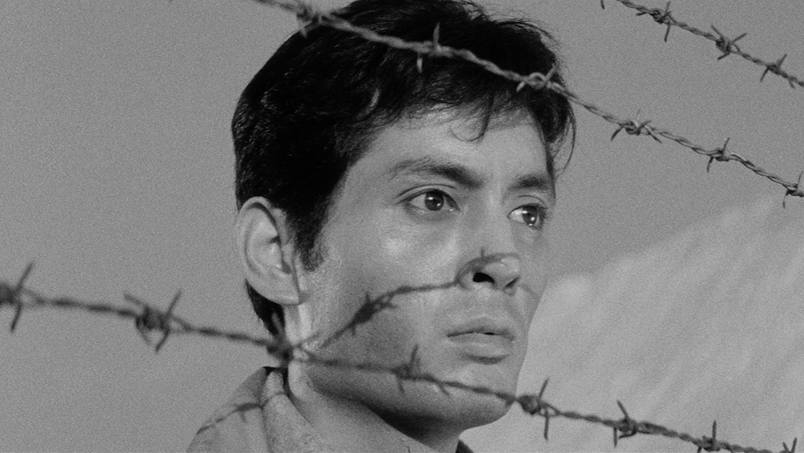
When we think of classic war films, “Apocalypse Now” and “Saving Private Ryan” are definitely the first films that cross one’s mind. They refer to embattled cases which have stigmatized our history and have defined our culture as we know it today. Nevertheless, War World II affected Asia in an equal degree and Masaki Kobayashi’s “The Human Condition” trilogy describes the case’s manifestation in Japan in an organic and deeply humanitarian manner.
This epic trilogy lasts in total more than nine hours, diving in the deep and shady waters of Japan’s World War II era. The setting’s standpoint is found in the eyes of a simple soldier, who insists on seeking life and prospect in the grim landscape of war. Despair and hope, ugliness and beauty that both spring from our kind’s raw materials silently clash in this Japanese masterwork of the seventh art.
Achieving his most magnificent work, here Kobayashi doesn’t side with anyone’s part. In his longest, stunningly photographed tale, he places a man as a sensible specimen striving to find a getaway toward a peaceful life, away from the man-made hell of war. This is an all-time classic film that every cinephile should watch.
1. The Decameron (1971)
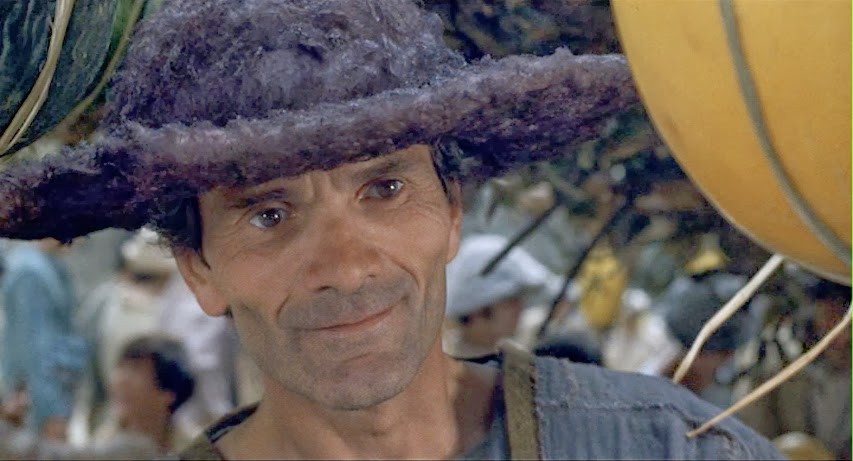
Arguably, Pier Paolo Pasolini is one of the most legendary and influential filmmakers of all-time. Nevertheless, his fame mainly comes from his divisive emblematic work “Salò, or the 120 Days of Sodom”‒ a fact quite unfair. Pasolini’s artistic intelligence and social sensitivity emerge in all of his films. Among his best ones, we find the religious satire of “The Decameron.”
Portrayed as a period piece, “The Decameron” is an adaptation of Boccaccio’s 14th century Decameron collection, entailing nine short stories. In one way or another, all of them describe the collective primal lust for life and creation, manifesting the unnatural and oftentimes pretentious objection expressed by Catholic Church concerning the healthy sentimental and sexual urges of our kind.
Perhaps you have to espouse Pasolini’s political and religious beliefs in order to enjoy his films. Definitely, you have to share his aesthetic orientation and his tolerance to the extreme illustrations of hidden truths in order to appreciate his artistic identity. In any case, one thing is sure: His 1971 “The Decameron” is honest, funny, caustic and original. This is Pasolini.